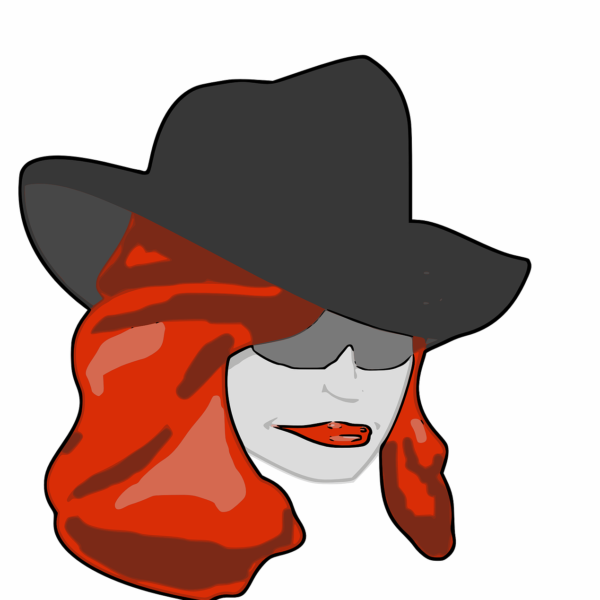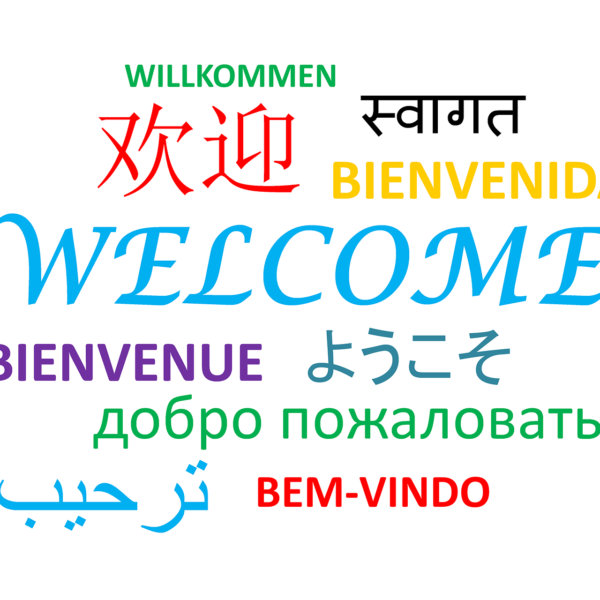It’s No Better To Be Safe Than Sorry (…or, My A-Ha Moment)
Shamelessly, I out myself in that one statement as both a product of 1980s culture and an Aspie who, on seeing that iconic video of the song Take On Me, found it thrilling to think that somewhere, in some anonymous cafeteria, the portal does exist where one may cross from our lives as we know them to the stories of who we secretly long to be, kept safe under the disguise of ordinary comics.
My family never knew this… my classmates never knew this… and, I’d say my friends never knew this either, save for the fact that I didn’t really have any friends at this point in my high school career… but, I have tacitly been a secret agent for quite some time now. At least, according to the comics I created in seventh grade and beyond. It began nearly by accident – both the comics and the thrust of the main storyline – and yet, as I wrote more and more, the story of my odd identity took on life, and buoyed me, day after day, in my own anonymous cafeteria seat.
30+ years later, I see what those comics were to me: a coping mechanism and creative outlet, for starters. But more so, they were my way to tell myself who I really am beneath the trappings of the environment in which I lived and functioned. These comic stories freed me to be and say everything I felt. I had a place in them. I belonged. And interestingly, the plot lines rarely revolved around acceptance or adulation. Most of the time, I was a lone operative, and even within my own fictional setting, I was often not accepted. My ways were different. I was tolerated by my comic-peers because, somehow, I got the job done before they’d even started planning their routes. It was not a matter of being accepted… it was a matter of agency. I wrote the story, I took the chances, and I accepted the consequences. Not all of my episodes ended well, but in each story, I was satisfied I had given my all… and, I eagerly awaited the next installment. A far cry from my actual story at the time, which found me a high academic achiever with no social life and no sense of agency. I did what was expected, and I did it well… but I was profoundly unhappy. Hour by hour I pleased others to perfection, but never considered myself as an agent. Funny, how I built my secret comic stories around agency. Did I somehow know that this was the one thing missing from my true story?
As I think about that more, it’s true for many autistics. We are seen from early on as needing help, needing therapy, needing intervention, needing the roadmap for how to live like others live… and, when we complete these exercises, we are praised for becoming more like we are told we ought to be. We are just as often marginalized, even bullied, for being different, which only adds to our sense of non-agency. We don’t always have bad childhoods, of course, but I dare say there is not one autistic who has not felt excluded in one way or another at least once.
What is “agency”? It is the capacity to choose and act for one’s self. Sure, there are social norms and societal expectations which are there for the common good of all and which ought to be known and followed. But those finer points, such as what makes us happy, what makes us comfortable, and what makes us look different, are not critical to the functioning of the community. “Agency” is just as much about the choice to wear comfortable clothing as it is applying for a job, even if our colors clash or our fabrics aren’t trendy.
I know I was very unhappy in high school because I had been taught, overtly and subtly, that ridicule and exclusion is for the weak, the lazy and the dorky. If I sat alone in the cafeteria, it was that I did not try hard enough to socialize, or that my hair was combed flat and pulled back rather than teased high. When my peers called me unflattering names, I yielded my agency to their version of the story, and I was ashamed I did.
But is it any better to be safe than sorry? I tried and tried to rise to the standard of other stories that did not match mine, and I kept my “real” self hidden in my comic universe. It was safe. I was sorry. And it was no better.
Today, I want to claim that agency, after all these years. I want to be the one who decides what I do, because I trust that I do it for very good reasons. I want to be who I always have been. I may still be ridiculed or excluded, but I want to remember that those things – painful as they still are – do not affect the integrity of my story arc. Perhaps wearing a fleece hoodie on the hottest day of the year makes others chuckle… but I am not writing it from their point of view. I am writing it from mine, and that extra layer gives me superpowers they don’t see. It regulates me. It helps me feel safe. And, when I feel safe, I function better.
That’s the story in which I thrive. That’s the story in which we ALL thrive.
Maybe, for some, our agency remains secret. For others, maybe not. But, for everyone: It’s ours to claim, here and now. Comics welcome, but not required.
– Aimee O’Connell



